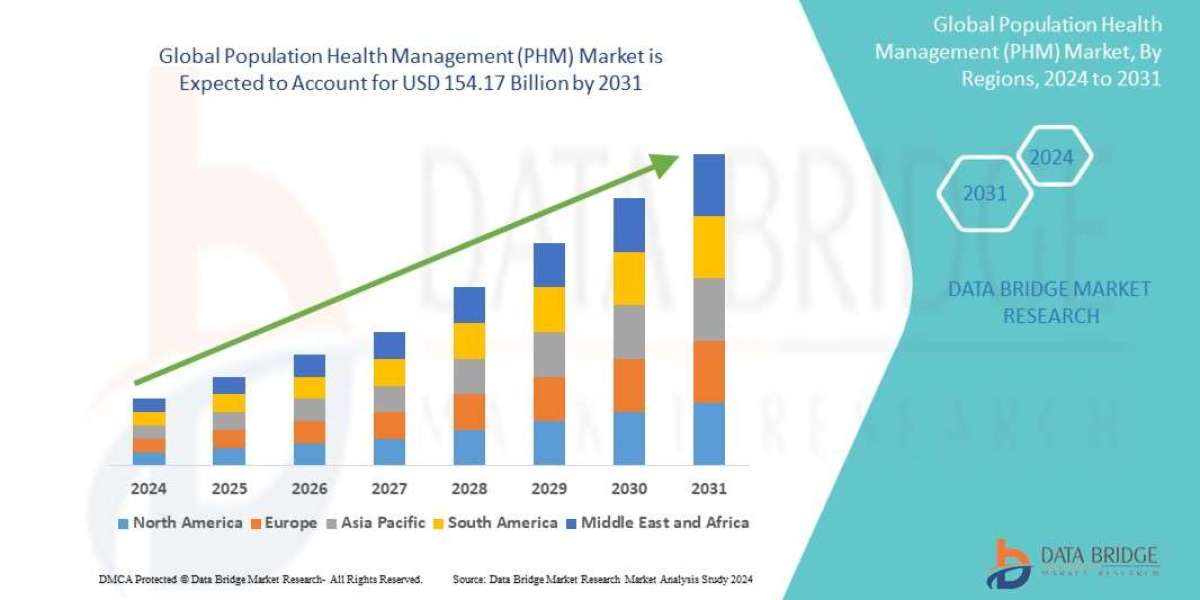EMEA Beauty Devices Market: Driving Innovation in Personal and Professional Skincare
Introduction
The Beauty Devices Market in the EMEA region (Europe, Middle East, and Africa) is undergoing a transformation, driven by rising consumer awareness, technological innovations, and a growing demand for non-invasive beauty treatments. These devices, once limited to clinics and salons, are now entering households, empowering consumers to manage skincare, hair removal, anti-aging, and other treatments from the comfort of their homes.
With aesthetic consciousness on the rise and beauty standards evolving, the EMEA market is experiencing robust growth, backed by both premium and affordable device offerings across various applications.
Market Overview
Beauty devices refer to electronic or mechanical tools designed to enhance personal care routines. Common categories include:
Hair Removal Devices (e.g., IPL and laser)
Cleansing Devices (e.g., facial cleansing brushes)
Anti-aging and Wrinkle Reduction Devices (e.g., RF and LED light therapy)
Acne Treatment Devices
Hair Growth Devices
Body Contouring Tools
The EMEA market is characterized by a mix of mature demand in Western Europe and rising adoption in emerging Middle Eastern and African economies.
Key Growth Drivers
1. Increasing Demand for At-Home Treatments
The COVID-19 pandemic accelerated the shift toward do-it-yourself (DIY) beauty solutions, with consumers investing in home-use devices to replace salon visits. This trend continues to grow, especially among millennials and Gen Z.
2. Rising Disposable Income
In regions like the Gulf Cooperation Council (GCC), South Africa, and Eastern Europe, rising income levels are boosting the demand for luxury beauty gadgets and professional-grade devices for home use.
3. Aging Population in Europe
Western European countries have a growing older population, fueling the demand for anti-aging and wrinkle reduction technologies, such as LED therapy and microcurrent facial toning devices.
4. Technological Advancements
Innovations in AI-driven skin analysis, smartphone-connected tools, and multi-functional devices are driving consumer interest. Brands are increasingly offering smart solutions that personalize treatments based on skin type, concerns, and usage habits.
Regional Insights
Europe
Europe represents the largest share of the EMEA beauty devices market. Countries like Germany, France, the UK, and Italy are leading in terms of technology adoption and consumer spending. Regulatory approvals (e.g., CE Marking) and the presence of well-established players like L’Oréal, Philips, and Beurer further fuel market maturity.
Middle East
The Middle East is witnessing a growing trend in aesthetic awareness, with countries like the UAE and Saudi Arabia investing in beauty and wellness tech. The demand for hair removal, skin rejuvenation, and anti-aging products is rising due to climate-related skin concerns and high beauty consciousness.
Africa
Africa is an emerging market with increasing internet penetration and smartphone usage, creating more awareness about beauty tech. Local e-commerce platforms and social media influencers are contributing to product visibility and consumer education.
Challenges in the Market
High Device Cost: Premium beauty devices remain expensive for price-sensitive consumers, especially in parts of Africa and Eastern Europe.
Limited Regulatory Harmonization: Varying regulations across the EMEA region can hinder product approvals and distribution.
Lack of Awareness in Rural Areas: Penetration remains low in underdeveloped regions due to lack of awareness and limited access to modern retail.
Emerging Trends
Sustainable and Rechargeable Devices: Eco-conscious consumers are opting for reusable and eco-friendly devices.
Customized Skincare Integration: Devices now come integrated with apps that offer personalized skin diagnostics and tracking.
Men’s Grooming Devices: A growing male consumer base is contributing to increased demand for beard trimmers, facial cleansers, and acne control tools.
Omnichannel Retailing: Both online platforms and in-store beauty tech corners are helping consumers explore and try devices before buying.
Future Outlook
The EMEA beauty devices market is poised for steady growth due to rising urbanization, increased focus on self-care, and technological integration. As both premium and budget-friendly brands expand their footprints, more consumers will gain access to personalized beauty solutions at home.
With innovations in smart technology, AI-based skincare, and portable devices, the beauty industry in the EMEA region is evolving rapidly—bridging the gap between professional treatments and personal convenience.



